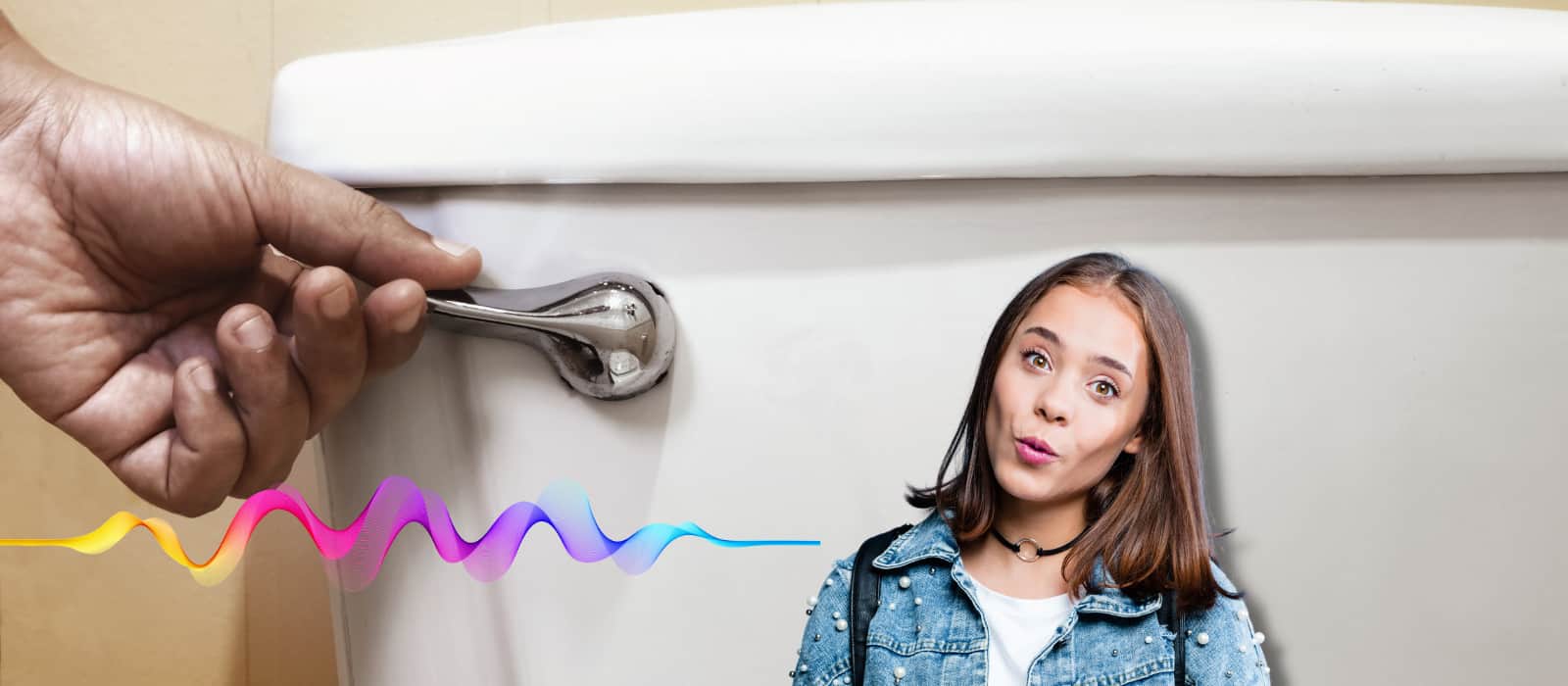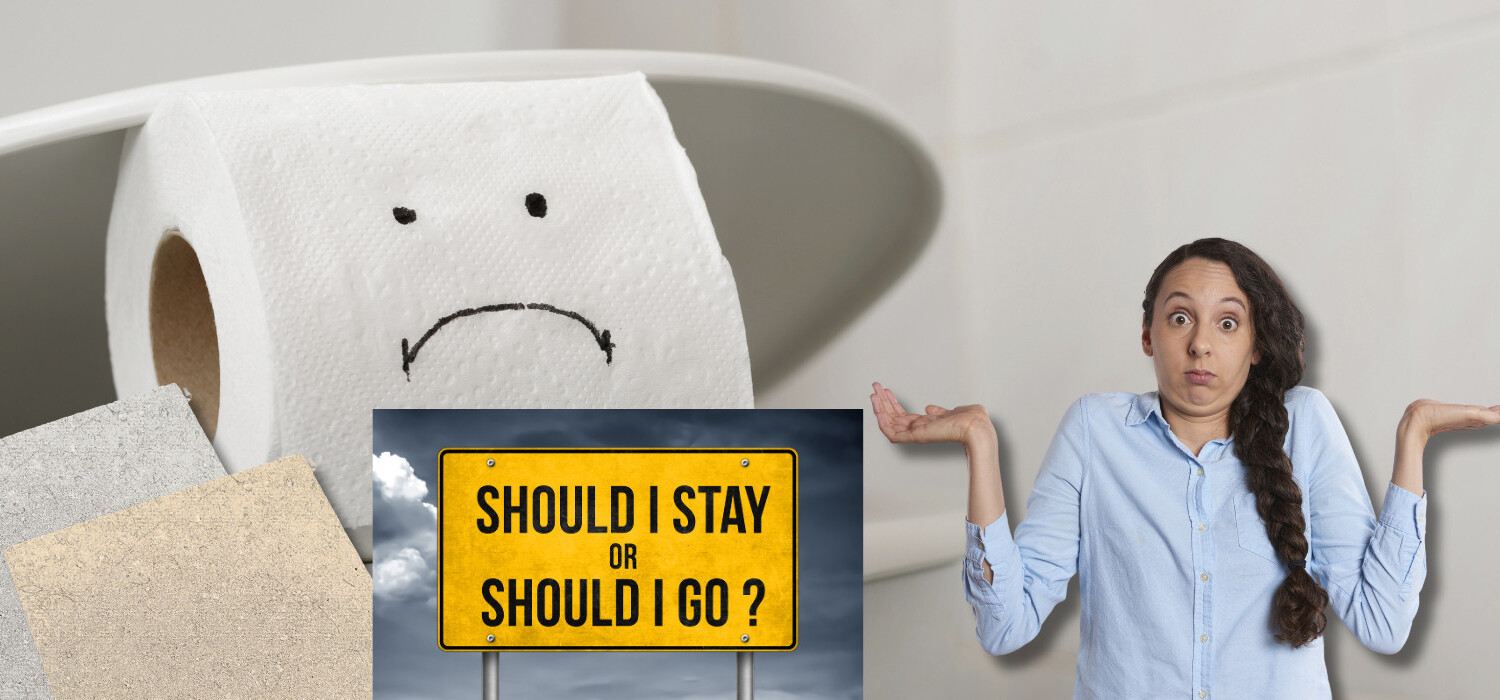Hearing a whistling noise when flushing your toilet can be an irritating experience. You might wonder what causes this sound and whether it signals a potential issue with your plumbing. Rest assured, this article will provide insights into the reasons behind the whistling noises and how to resolve the problem.
Causes of Whistling Noise
The common causes of a whistling toilet include issues with the fill valve, water flow, mineral deposits, and damaged components of your toilet.
While odd noises from your toilet might seem alarming, it’s important to remember that many plumbing sounds have simple explanations. As you work through the reasons behind the whistling, you will likely find that resolving this issue is easier than you initially thought. So, keep reading for accessible solutions and answers to help bring back the tranquility to your bathroom experience.
Fill Valves and Water Flow
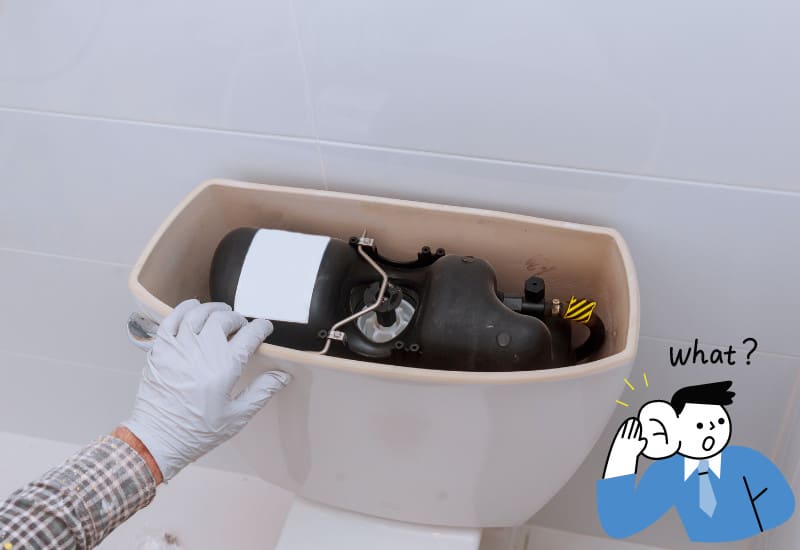
When you flush your toilet, there’s a system in place that controls the water flow and pressure. This is critical for a properly functioning toilet. However, sometimes the water flow and pressure can cause unusual sounds, like a whistling noise.
The whistling noise you hear typically occurs if there is a restriction in the water flow or an imbalanced pressure in your toilet system. As the water flows through the pipes and valves, it encounters resistance, which in turn causes vibrations, resulting in a whistling sound. This is not uncommon and can arise from assorted factors such as partially blocked pipes, clogged aerators, or worn-out valves.
Understanding the cause of the whistling noise is the first step towards identifying and potentially fixing the issue without stress from the unknown.
Mineral Deposits and Sediment
The water that fills your toilet tank may not be something you want to think about too much, but despite its clear appearance, there’s more happening on the microscopic level.
If your toilet is making a whistling sound when you flush, it might be due to hard water buildup in your plumbing system. This accumulation of minerals can travel and eventually collect in your toilet over time.
Hard water is rich in minerals like calcium and magnesium, which can accumulate inside your plumbing fixtures. As these minerals collect, they obstruct the normal water flow through the toilet’s pipes. The restricted flow causes the water to move rapidly through the narrowed spaces, creating turbulence and pressure fluctuations.
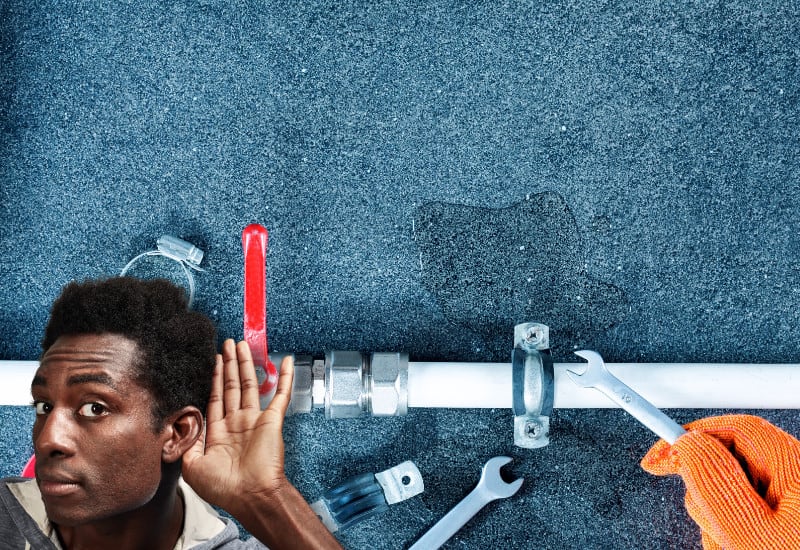
This often results in the whistling noise you hear when your toilet is flushed.
Sediment buildup can also contribute to the whistling sound. Sediments, like sand or silt, might be natural or artificial, such as tiny particles from corroded pipes. These particles can accumulate in your toilet tank or the valve assembly, further disturbing the smooth flow of water when you flush.
Malfunctioning Components
The last common cause of that whistling noise your toilet makes when flushed is the malfunctioning of your plumbing components. The primary culprit is the toilet fill valve or the ballcock.
Over time, the fill valve’s seal may wear out, or debris may accumulate, leading to a restricted passage for water flow and an odd noise (whistling).
Not to be repetitive, but are you seeing a pattern here?
Another reason could be kinks or twists in the flexible supply line. Even though it may not be visible at first glance, the bends in the line can create turbulence in the flowing water, leading to that disturbing noise.
Issues related to the flapper can also generate a whistling noise. The flapper might not be closing properly, causing water to keep flowing into the bowl and making an unusual sound. Alternatively, an incorrect flapper size, which doesn’t match your toilet model, may lead to disturbances in the water flow.
Identifying the Problem
Now that you’re familiar with the common problems and causes of your toilet whistle let’s figure out how to tell which one needs fixing.
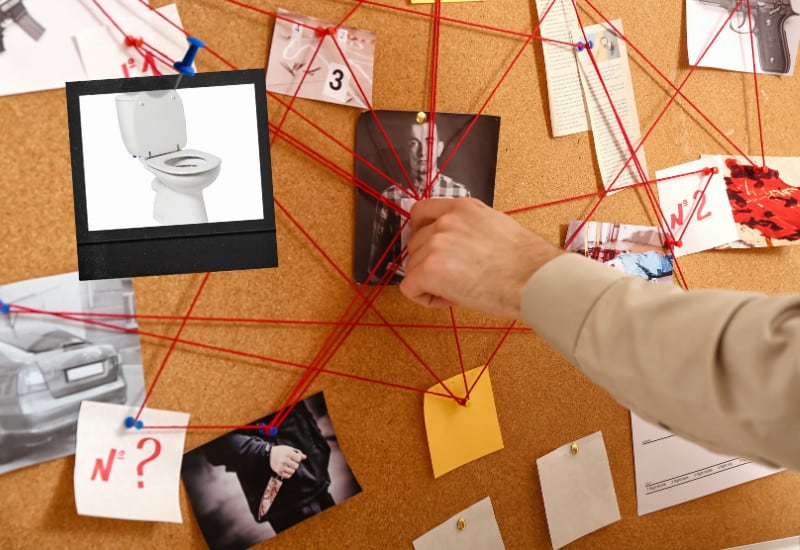
Observing Toilet Components
To begin, you should familiarize yourself with the various components of your toilet, such as the fill valve, flush valve, and flapper. Pay close attention to any visible debris or damage that could be affecting their function.
If you’re unsure of the different parts, consider referring to a toilet diagram. Keep in mind that the source of the noise could be due to more than one component or area.
Locating Whistling Noise Source
With a basic understanding of the different toilet components, your next step is locating the whistling noise’s source. Start by listening closely while the toilet is flushed, and try pinpointing which area the sound is coming from.
You may find that the noise originates from the bathroom pipes, the fill valve, or the base of the toilet. Be patient when tracking down the sound, as it might take a few attempts to identify the exact location.
By carefully observing your toilet’s components and locating the whistling source, you’ll be well-prepared to implement the correct solution.
DIY Toilet Repairs
When flushing the toilet, a whistling noise can be quite annoying, but luckily, you can tackle this issue with some DIY toilet repairs. If you’ve identified the cause of the problem, then try one of the solutions below for a quick and simple fix.
If the whistle is related to the flush valve, inspect the valve and its gasket for messy buildup. It shouldn’t be hard to see. To clean the flush valve, simply remove it from the toilet tank and soak it in a vinegar solution for an hour. If the gasket appears worn out, you’ll need to replace the entire flush valve assembly.
Another common cause of a whistling toilet is a buildup of mineral deposits inside the fill valve. To fix this issue, start by turning off the water flow to the toilet, remove the fill valve cap, clean the inside with a small brush, and reassemble before turning the water back on.
If the whistling persists, consider adjusting the water pressure in your plumbing system. Higher water pressure can often cause excessive noise, so reduce the pressure to see if it resolves the issue.
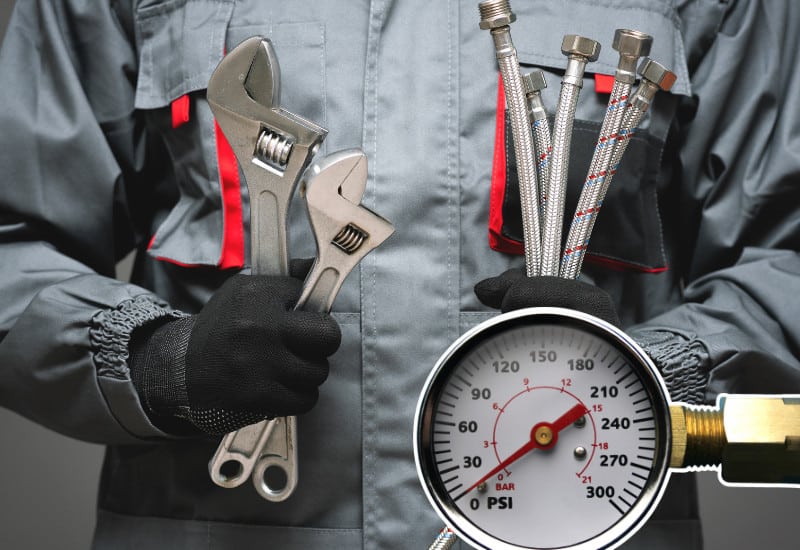
There’s a regulator in every home to control the pressure supplied to the plumbing. Generally, 40 to 60 psi is the appropriate amount of pressure. Plumbing problems aren’t usually far behind if your regulator is set higher.
Preventing water leaks is another crucial aspect of DIY toilet repair, as it can help you avoid major plumbing problems in the future. Regularly inspect your toilet for signs of leaks and fix them promptly.
Resolving a leak may involve tightening a loose connection, while more severe leaks might require replacing worn-out or damaged parts.
It’s essential to be proactive with your toilet maintenance to avoid costly repairs down the line. However, if you cannot identify or fix the issue independently, feel free to call a professional plumber to handle the situation.
Remember that your main goal is to ensure your toilet operates smoothly and quietly, so whether you tackle the repair yourself or seek the help of a plumbing expert, don’t let a whistling toilet ruin your peace of mind.

